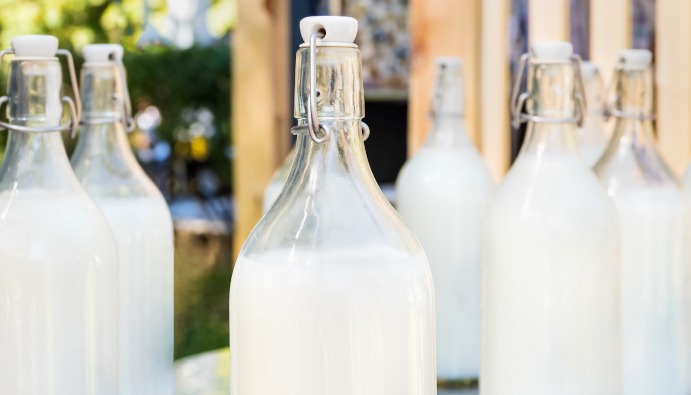
BLOG
KATEGORİDEKİ DİĞER YAZILAR

Chloramine is one of the chlorine-based disinfectants and is often used for sanitation purposes in milk processing plants. Ensuring hygienic conditions in milk production is critical for product quality and food safety. However, the presence of chemicals such as chloramine in milk during disinfection processes can pose health risks.
Chloramines are chemicals formed by the reaction of chlorine and ammonia compounds. Derivatives such assodium chloramine (NaNH2Cl) and calcium chloramine (Ca(NH2Cl)2) are used for disinfection. Chloramines are formed when chlorine-based compounds such assodium hypochlorite (NaOCl) combine with ammonia. Chloramines are particularly known for their ability to kill bacteria and are used in sanitation processes.
In milk processing plants, chloramines are widely used to clean milk transportation pipes, storage tanks and equipment to kill microorganisms and pathogens. Chloramines make chlorine-based disinfectants more long-lasting because the disinfectant effect of chloramines can last longer than that of chlorine.
Chloramine residues can remain in milk and have adverse effects on human health when consumed. Excessive amounts of chloramine can lead to health problems such as nausea, eye and skin irritation and respiratory problems. Therefore, monitoring chloramine residues in milk is essential to ensure that products are healthy and safe.
Nanolab Laboratories Group continues to provide services within the scope of Chloramine Determination in Milk. We also provide services for Determination of Hypochlorite in Milk.
Contact us for more information.
You can follow us on LinkedIn for up-to-date news and posts about our services.
Follow our Instagram account to be informed about our latest blog posts.